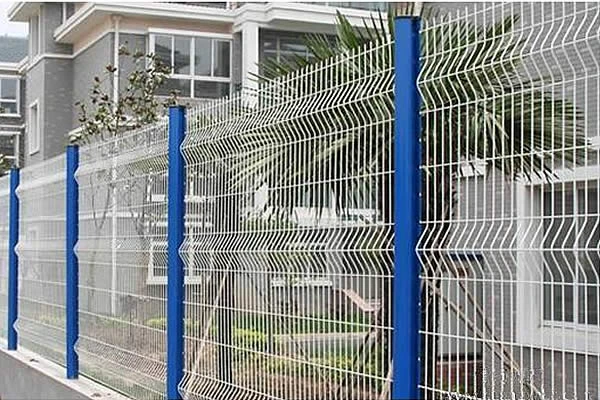 TEL:
+86-13102802206
TEL:
+86-13102802206
 Email:
fencenetting@china.com
Email:
fencenetting@china.com
 Language
Language
 TEL:
+86-13102802206
TEL:
+86-13102802206
 Email:
fencenetting@china.com
Email:
fencenetting@china.com
 Language
Language


The Significance of Steel Cord Wire in Modern Applications
Steel cord wire has emerged as a critical component in various industrial applications, particularly in the production of tires and reinforced materials. Its unique properties and versatility make it an indispensable element in modern manufacturing processes.
Steel cord wire is primarily composed of high-strength steel filaments that are twisted together to form a single strand. This construction enhances its tensile strength, allowing it to withstand heavy loads while maintaining flexibility. The manufacturing process involves careful control of the wire's diameter, tensile strength, and coating, which significantly contributes to its performance in different environments.
One of the most prominent uses of steel cord wire is in the tire industry. Steel belts are incorporated into radial tires to improve stability, durability, and traction. The use of steel cord wire in tires has revolutionized the automotive sector by enhancing safety and performance. Tires reinforced with steel cords can endure various stressors, such as abrasion, heat, and impacts, ultimately leading to a longer lifespan and better fuel efficiency for vehicles.
Moreover, the application of steel cord wire extends beyond just tires. It is also widely used in the production of conveyor belts, wire ropes, and various engineering structures. In the mining and construction industries, steel cord wire is essential for strengthening these structures, ensuring they can carry substantial loads without compromising safety. For example, industrial lifting applications often rely on steel wire ropes made from steel cord wire, as they provide the necessary strength and resilience in harsh working environments.

The manufacturing of steel cord wire requires advanced technology and precision engineering. The process begins with the selection of high-quality steel, which is then drawn into thin wires. These wires undergo a process of hardening and coating to prevent corrosion and enhance durability. The final product is characterized by its resistance to wear, making it suitable for high-demand applications.
Environmental considerations are also becoming increasingly important in the production and use of steel cord wire. As industries strive to reduce their carbon footprint and adopt sustainable practices, manufacturers are exploring eco-friendly methods of production. This includes recycling old tire materials and optimizing manufacturing processes to minimize waste and energy consumption. Innovations in the recycling of steel cord wire are essential, particularly as the automotive industry faces pressures to become more sustainable.
Furthermore, ongoing research and development in the field of materials science continue to enhance the properties of steel cord wire. Innovations such as the development of lighter materials with similar or better performance metrics are being explored. These advances could further extend the applications of steel cord wire into new sectors, including renewable energy and aerospace.
In conclusion, steel cord wire plays a fundamental role in various industrial applications, with its most notable impact seen in the tire industry. Its strength, durability, and versatility make it an essential material across multiple sectors. As technology advances and sustainability becomes a focal point, the future of steel cord wire appears bright, promising continued innovation and a broader scope of applications. The importance of steel cord wire in modern manufacturing cannot be overstated, and as industries evolve, its relevance will likely only increase.